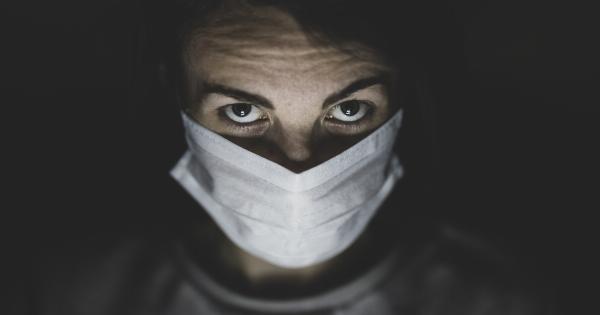Chlamydia is a sexually transmitted infection (STI) caused by the bacterium Chlamydia trachomatis. It is one of the most common STIs, affecting both men and women.
However, chlamydia can easily be cured with antibiotics, making it important to get tested and treated. If left untreated, it can have serious and long-lasting consequences. In this article, we will discuss the common symptoms and risks of untreated chlamydia in men.
What are the symptoms of chlamydia in men?
Chlamydia often does not cause any symptoms, which is why it is often referred to as a “silent” infection. When symptoms do occur, they usually appear within 1-3 weeks after infection. The symptoms of chlamydia in men can include:.
- Pain, burning, or itching in the penis
- Discharge from the penis
- Pain or discomfort in the testicles
- Bleeding or discharge from the rectum (if the infection has spread)
It is important to note that some men can have chlamydia without any symptoms at all. This is one of the reasons why routine testing is so important, especially for those who have multiple sexual partners or engage in unprotected sex.
What are the risks of untreated chlamydia in men?
If left untreated, chlamydia can lead to serious health problems for men. Some of the risks of untreated chlamydia in men include:.
- Infertility: In rare cases, untreated chlamydia can lead to infertility in men. This is due to scarring and damage to the reproductive system.
- Prostatitis: Chlamydia can cause inflammation of the prostate gland, a condition known as prostatitis. Symptoms of prostatitis can include pain in the pelvic area, frequent urination, and difficulty urinating.
- Epididymitis: Chlamydia can also cause inflammation of the epididymis, a tube that carries sperm out of the testicles. Symptoms of epididymitis can include pain and swelling in the testicles, as well as fever and chills.
- Reactive arthritis: Chlamydia can trigger a form of arthritis known as reactive arthritis. Symptoms can include joint pain and swelling, as well as inflammation of the eyes and genital tract.
It is also important to note that having chlamydia can increase a man’s risk of contracting and transmitting other STIs, including HIV.
How is chlamydia in men diagnosed?
The most common way to diagnose chlamydia in men is through a urine test. This test can detect the presence of chlamydia in the urine, even if there are no symptoms present.
In some cases, a swab may be taken from the urethra, rectum, or throat to test for chlamydia.
It is recommended that sexually active men under the age of 25 be tested for chlamydia every year, or more frequently if they have multiple partners or engage in unprotected sex.
Men who have sex with men should also be tested regularly, as they are at higher risk for chlamydia and other STIs.
How is chlamydia in men treated?
Chlamydia can easily be cured with antibiotics. The most common antibiotics used to treat chlamydia in men are azithromycin and doxycycline. These antibiotics are usually taken orally, either as a single dose or over the course of a week.
It is important to complete the entire course of antibiotics as prescribed, even if symptoms improve or go away. This ensures that the infection is completely cleared from the body.
How can chlamydia in men be prevented?
The best way to prevent chlamydia in men is to practice safe sex. This includes using condoms correctly and consistently, and getting tested regularly for STIs.
Other ways to reduce the risk of chlamydia include limiting sexual partners and avoiding sexual contact until both partners have been tested and treated for any STIs.
Conclusion
Chlamydia is a common STI that can have serious and long-lasting consequences if left untreated. Men who experience symptoms such as pain or discharge should seek medical attention and get tested for chlamydia.
Regular testing and safe sex practices can help prevent the spread of chlamydia and other STIs.




























